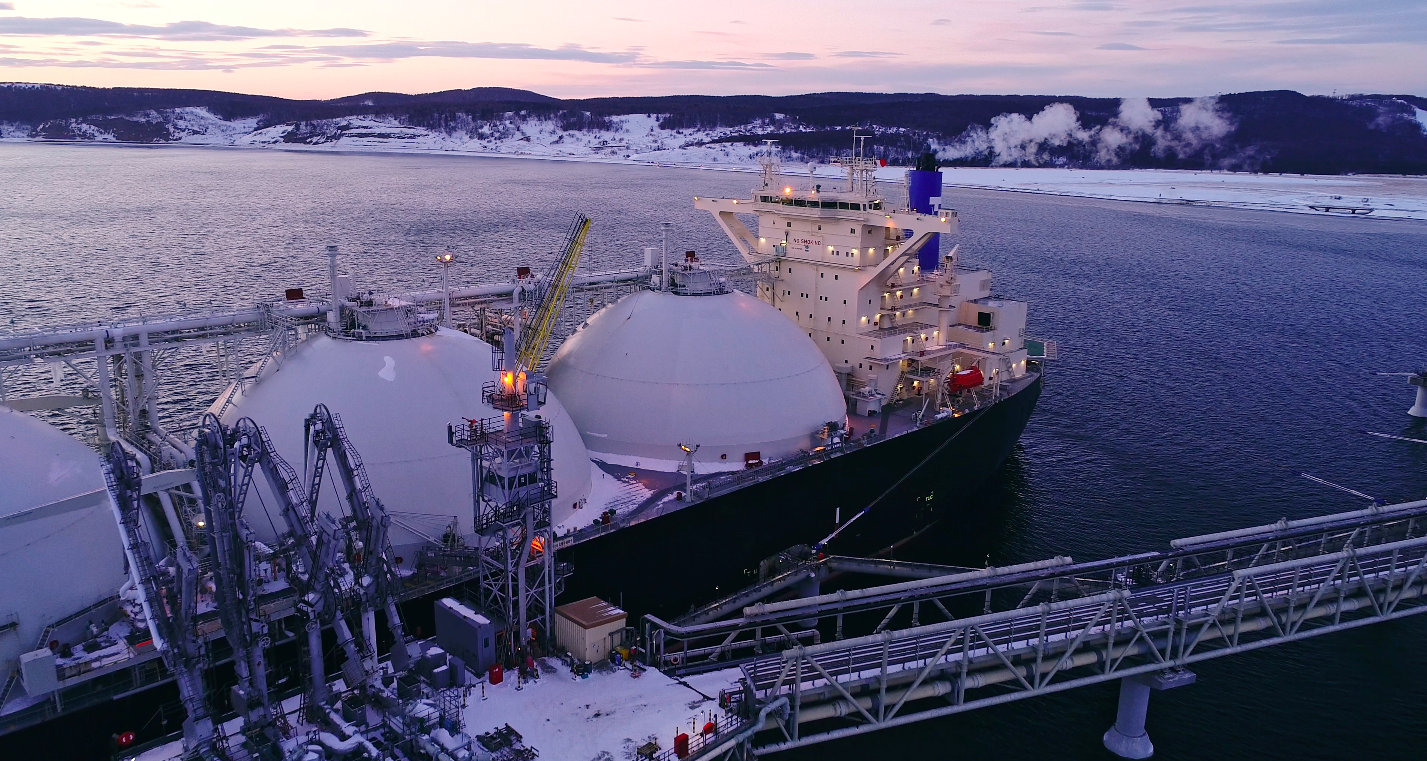The European Union’s attempts to sanction Russian energy exports get an ‘A’ for effort but no higher than a ‘C’ for effectiveness. Efforts are ongoing to try and expand the scope of the sanctions to gas, in particular LNG.
Before Vladimir Putin illegally invaded Ukraine, Russian gas had captured around 40% of the European Union market. Heavy industry loved the cheap hydrocarbons and business was so good that another multibillion dollar pipeline – Nord Stream 2 – was built under the Baltic Sea to service that demand.
Fast-forward to 2024 and European countries have rather successfully either found gas supplies from somewhere else, replaced gas with another energy source or cut back on demand. It means that Russian pipeline gas has shrunk to just 8%.
But when you factor in LNG shipments that 8% increases again to 15%. That means billions in cash for Russia and its war effort against Ukraine are still flowing, which has prompted the European Commission to crack down on those exports.
Indeed, Europe’s Russian LNG imports are at a three-year-high.
The EU executive is fighting this one with one hand tied behind its back. Sanctions need to be agreed unanimously and until now, fossil gas has been off the table. Too many countries still rely on it and are afraid of seeing energy prices spike yet again.
That is why the Commission is initially proposing a ban on re-exporting LNG only. Any Russian LNG that makes its way into the EU would have to be used here and not sold on. It would also ban Russian ships from using European ports to transit the fuel to Asia.
It would also ban European companies from investing in Russian LNG terminals. That is potentially the most significant aspect of the plan, as Russia is looking to develop its massive Arctic resources and needs foreign investment and know-how to pull it off.
Perhaps optimistically speaking, the proposal stands a chance of being adopted. Russian LNG makes up about 16% of the EU’s total imports and there are other suppliers out there, hungry to do business with European countries.
The EU is also developing extra capacity in the south, notably this week it gave the green light to Croatia’s plans to spend €25 million upgrading its terminal on the Adriatic coast, so shipments have another entrance point into the Union’s energy market.
If the Commission’s plan is approved – EU ambassadors met on Wednesday for initial talks about it – it could act as a market signal, more than anything else.
Russia might choose to cut its LNG business in Europe itself and focus on the Asian market by taking the northern route through the Arctic. That does, however, come with extra costs but potentially fewer headaches.
So for now, we wait until the end of the month and the next European Council summit, when this issue will likely come to a head. Energy Commissioner Kadri Simson said this week she was confident about the plan’s chances.
As ever, though, the likes of Hungary’s Viktor Orban will probably need to throw their toys out of the pram, just for a bit, before it can be given the green light.
Want more updates and analysis of what is happening in the world of energy and climate? Interested in finding a job in the sector or more information about public tenders? Sign up to our Energy Rundown newsletter here!

